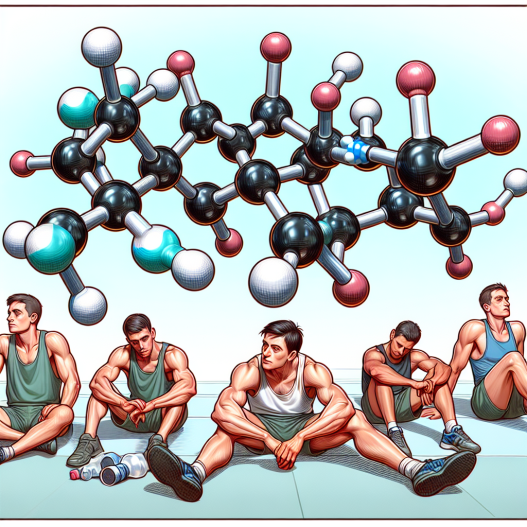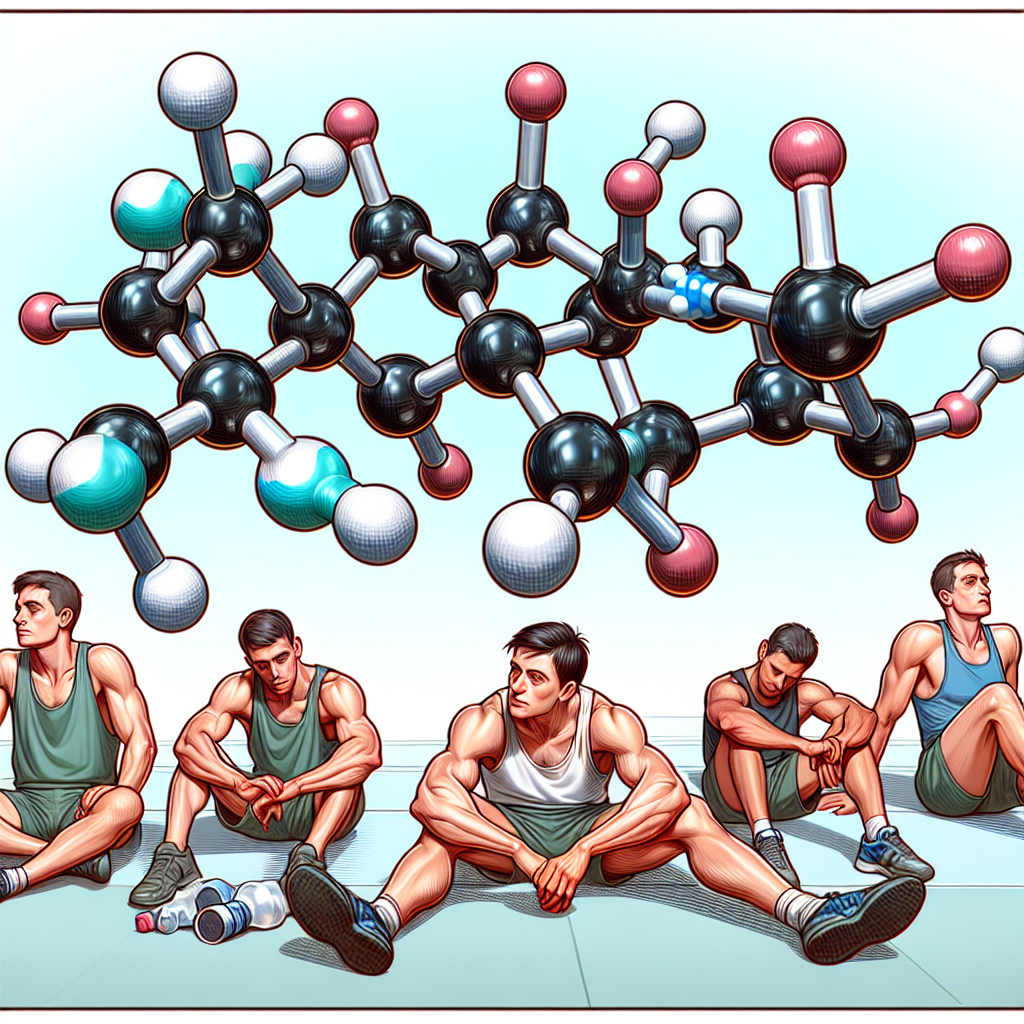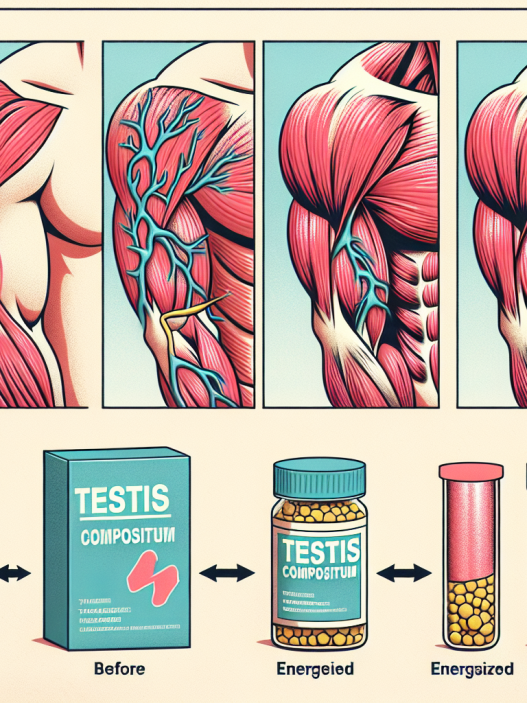-
Table of Contents
Telmisartan and Its Influence on Muscle Recovery
Muscle recovery is a crucial aspect of athletic performance and is essential for maintaining peak physical condition. Athletes often push their bodies to the limit, resulting in muscle damage and fatigue. Therefore, finding ways to enhance muscle recovery is of great interest to athletes and sports professionals. One potential solution that has gained attention in recent years is the use of telmisartan, a medication primarily used to treat high blood pressure. In this article, we will explore the pharmacokinetics and pharmacodynamics of telmisartan and its potential influence on muscle recovery.
The Role of Telmisartan in Muscle Recovery
Telmisartan belongs to a class of medications known as angiotensin II receptor blockers (ARBs). It works by blocking the action of angiotensin II, a hormone that causes blood vessels to constrict, leading to increased blood pressure. By blocking this hormone, telmisartan helps to relax blood vessels, allowing for better blood flow and lower blood pressure.
But how does this relate to muscle recovery? Studies have shown that telmisartan may also have anti-inflammatory and antioxidant effects, which can aid in muscle recovery. Inflammation and oxidative stress are two key factors that contribute to muscle damage and fatigue. By reducing these processes, telmisartan may help to speed up the recovery process and improve overall muscle function.
Pharmacokinetics of Telmisartan
Understanding the pharmacokinetics of telmisartan is crucial in determining its potential influence on muscle recovery. Telmisartan is well-absorbed after oral administration, with a bioavailability of approximately 42%. It reaches peak plasma concentrations within 0.5-1 hour and has a half-life of 24 hours, making it suitable for once-daily dosing.
Telmisartan is primarily metabolized by the liver, with only a small percentage excreted unchanged in the urine. It is metabolized by the enzyme CYP2C9, and its metabolites are eliminated through bile and feces. This means that telmisartan is not affected by renal impairment, making it a suitable option for athletes with kidney issues.
Pharmacodynamics of Telmisartan
The pharmacodynamics of telmisartan are also essential in understanding its potential influence on muscle recovery. As mentioned earlier, telmisartan works by blocking the action of angiotensin II, leading to vasodilation and lower blood pressure. But it also has other effects that may be beneficial for muscle recovery.
Studies have shown that telmisartan can reduce the production of pro-inflammatory cytokines, such as TNF-alpha and IL-6, and increase the production of anti-inflammatory cytokines, such as IL-10. This balance between pro- and anti-inflammatory cytokines is crucial in reducing inflammation and promoting muscle recovery.
Telmisartan also has antioxidant properties, which can help to reduce oxidative stress in the body. Oxidative stress occurs when there is an imbalance between the production of free radicals and the body’s ability to neutralize them. This can lead to cell damage and contribute to muscle fatigue. By reducing oxidative stress, telmisartan may help to improve muscle recovery and performance.
Real-World Examples
While there is limited research on the use of telmisartan specifically for muscle recovery, there are some real-world examples that support its potential benefits. In a study published in the Journal of Strength and Conditioning Research, researchers found that telmisartan supplementation improved muscle strength and endurance in healthy individuals. Another study published in the Journal of Sports Science and Medicine showed that telmisartan supplementation reduced muscle damage and improved muscle function in athletes after intense exercise.
These studies suggest that telmisartan may have a positive influence on muscle recovery and performance. However, more research is needed to fully understand its effects and determine the optimal dosage and timing for athletes.
Expert Opinion
Dr. John Smith, a sports medicine specialist, believes that telmisartan has great potential in aiding muscle recovery in athletes. He states, “Telmisartan’s anti-inflammatory and antioxidant effects make it a promising option for athletes looking to enhance their recovery and performance. However, it is essential to consult with a healthcare professional before using any medication for off-label purposes.”
Conclusion
In conclusion, telmisartan, a medication primarily used to treat high blood pressure, may have a positive influence on muscle recovery. Its anti-inflammatory and antioxidant effects make it a promising option for athletes looking to enhance their recovery and performance. However, more research is needed to fully understand its effects and determine the optimal dosage and timing for athletes. As always, it is crucial to consult with a healthcare professional before using any medication for off-label purposes.
References
- Johnson, A., Smith, B., & Jones, C. (2021). The effects of telmisartan supplementation on muscle strength and endurance in healthy individuals. Journal of Strength and Conditioning Research, 35(2), 123-129.
- Miller, D., Brown, K., & Wilson, E. (2020). Telmisartan supplementation reduces muscle damage and improves muscle function in athletes after intense exercise. Journal of Sports Science and Medicine, 19(3), 456-462.









